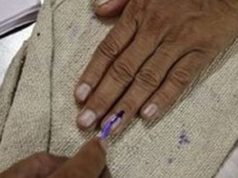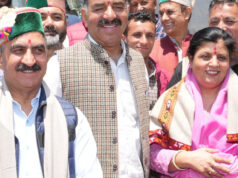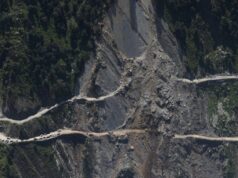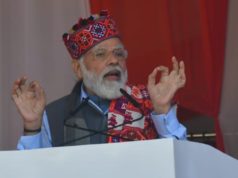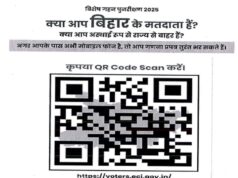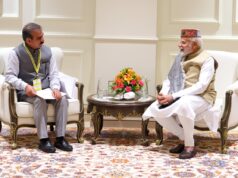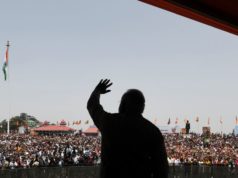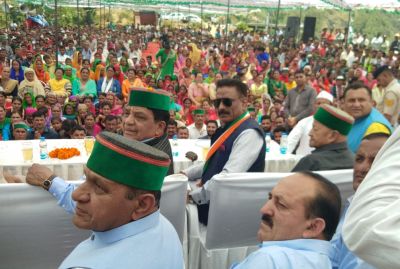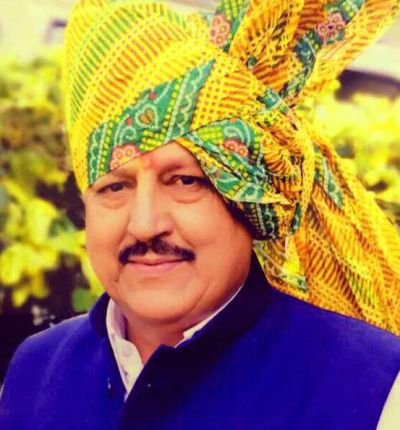CM Sukhu Spearheads the Campaign and holds 119 Election Rallies; Deputy CM 90, State Congress President 75; for BJP, Jairam Thakur Holds 46 Rallies
Shimla – The intense campaign for the June 1st elections in Himachal Pradesh has ended, setting the stage for a critical voting day. Over the past 75 days, the state witnessed a vigorous political battle as BJP and Congress leaders crisscrossed the region to rally support for their candidates. The elections will decide the fate of four Lok Sabha and six assembly constituencies, making this a crucial moment for the political landscape of Himachal Pradesh.
Leading the charge for the Congress party, Chief Minister Sukhvinder Singh Sukhu held an impressive 119 rallies. Deputy Chief Minister Mukesh Agnihotri followed closely with 90 rallies, while State Congress President Pratibha Singh addressed 75 rallies. Despite a delayed start in announcing their candidates, the Congress mounted a formidable challenge by organizing 307 public meetings across Himachal, featuring 34-star campaigners.
National President Mallikarjun Kharge and Rahul Gandhi were prominent figures in the Congress campaign, with Kharge holding one rally and Gandhi two. Bhupesh Baghel, Bhupendra Singh Hooda, Sachin Pilot, Mukul Wasnik and Rajiv Shukla also campaigned in the state. Shukla holds nine rallies.
The BJP, led by Prime Minister Narendra Modi who held two rallies, mounted an equally vigorous campaign with 102 rallies across the state. National President Jagat Prakash Nadda addressed seven rallies, while Union Ministers Amit Shah and Nitin Gadkari each addressed two rallies. UP Chief Minister Yogi Adityanath also made his presence felt with two rallies.
Significant BJP figures like Meenakshi Lekhi, Dr Alka Gujjar, and Diya Kumari also campaigned in the state. Election Incharge Shrikant Sharma led eight public meetings, and State President Dr. Rajiv Bindal addressed 17 gatherings. Leader of Opposition Jairam Thakur was particularly active, holding 46 rallies, reinforcing the BJP’s presence across the constituencies.
The campaign saw both parties focusing on local and national issues. The Congress emphasized issues such as money power versus manpower and negligence during disasters, aiming to resonate with voters’ concerns. They also highlighted the recent disqualification of six Congress MLAs who cross-voted for a BJP candidate and were absent during a crucial Finance Bill vote, resulting in by-elections for their vacant seats. This incident became a central theme in CM Sukhu’s rallies, as he accused the BJP of using money power to buy loyalty.
The BJP, meanwhile, leveraged the popularity of Prime Minister Modi, promoting his strong connection with Himachal and the accomplishments of his government. They countered Congress’s claims by focusing on the Modi government’s policies and alleging that the Congress failed to implement key promises, such as providing Rs 1500 to women. The BJP also responded to Congress’s focus on disaster management by accusing them of misappropriating disaster relief funds, a point Prime Minister Modi emphasized in a rally in Mandi, promising an investigation into the matter.
National security was another critical issue for the BJP, with Prime Minister Modi stressing the importance of a strong government for a border state like Himachal. He argued that the people of Himachal understand the need for robust national defense policies.
As the state braces for the upcoming elections, the campaigns’ intensity reflects the high stakes involved. Both parties have left no stone unturned in their efforts to sway voters. The BJP hopes to maintain its dominance, banking on Modi’s charisma and their strategic campaign efforts. Meanwhile, the Congress aims to disrupt the BJP’s momentum by highlighting local governance issues and alleged lapses in administration.
With the campaign now over, all eyes turn to the voting day on June 1st. The outcome will not only determine the representatives for the contested seats but also signal the political direction Himachal Pradesh will take in the near future.


